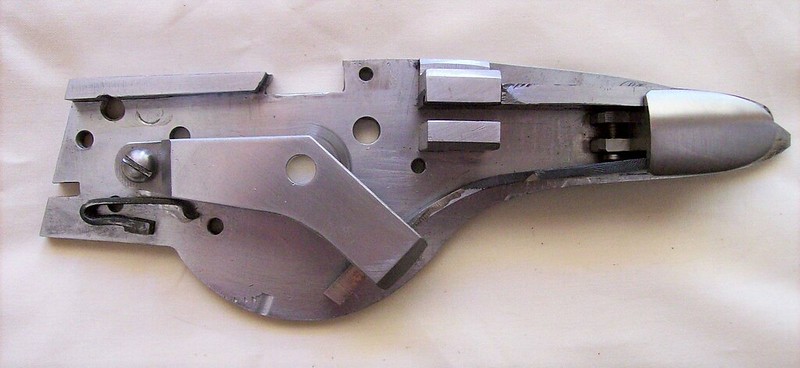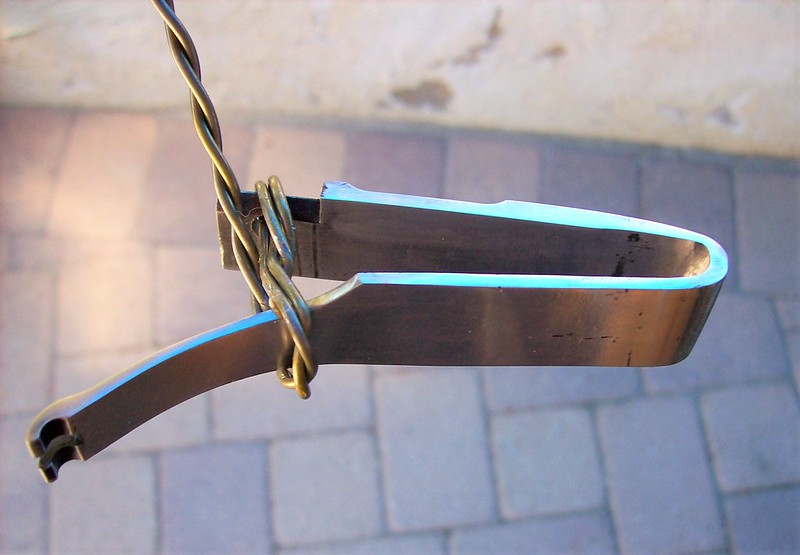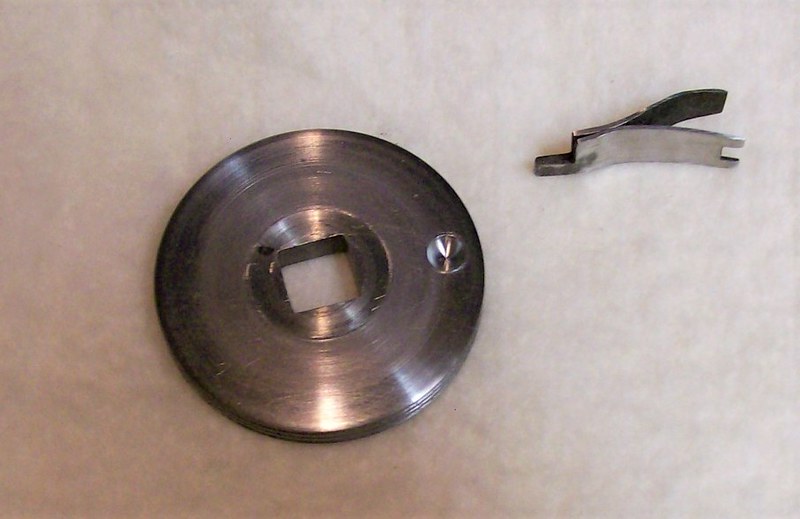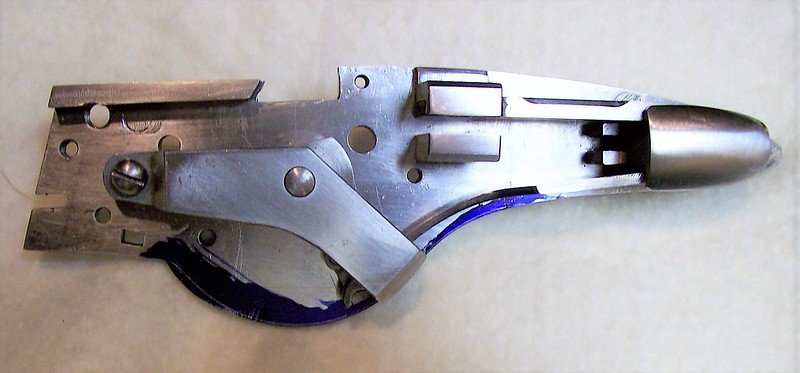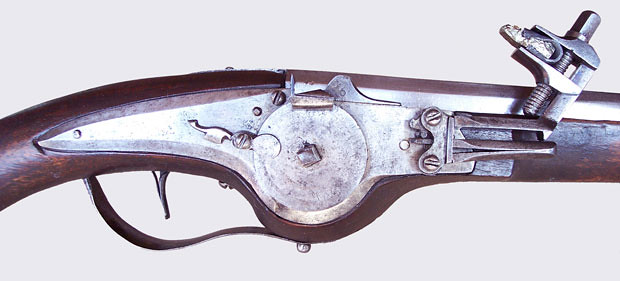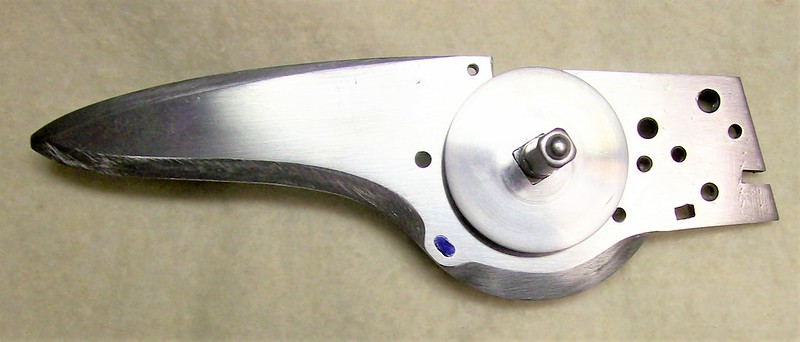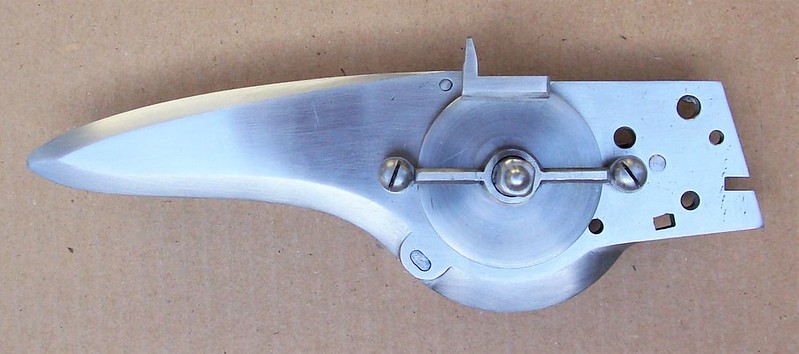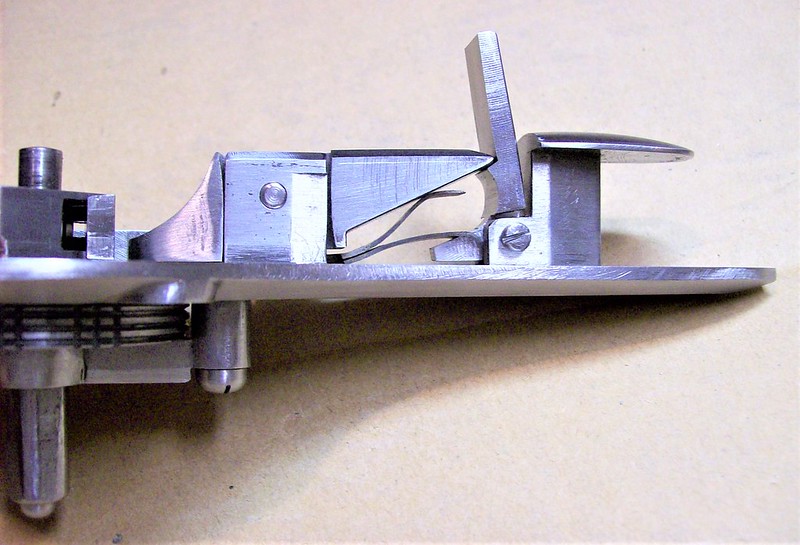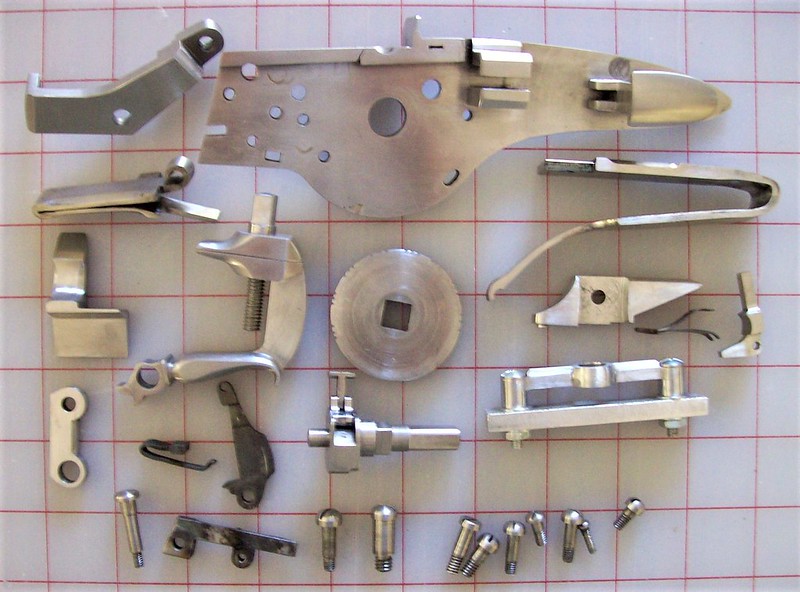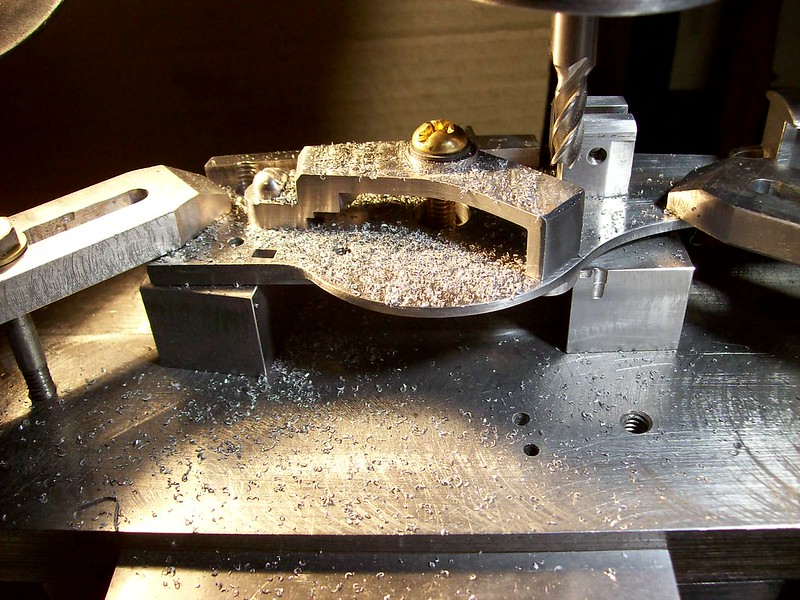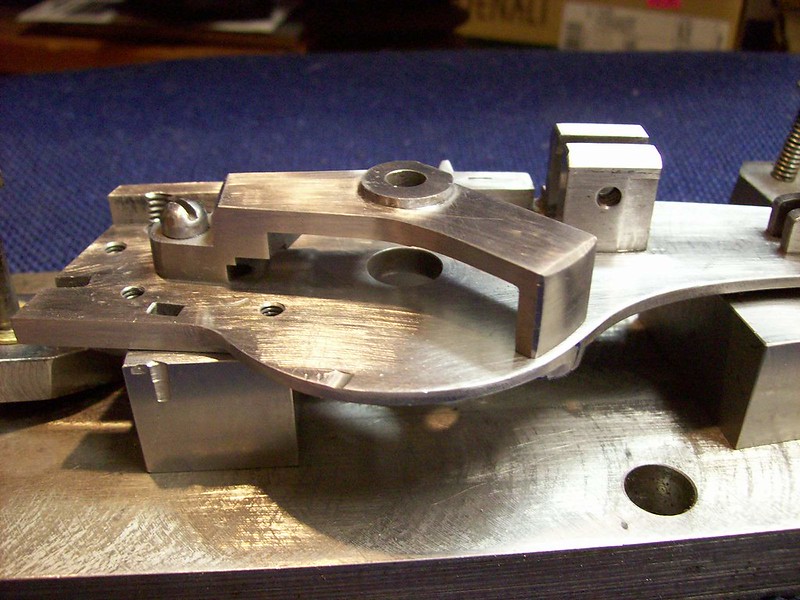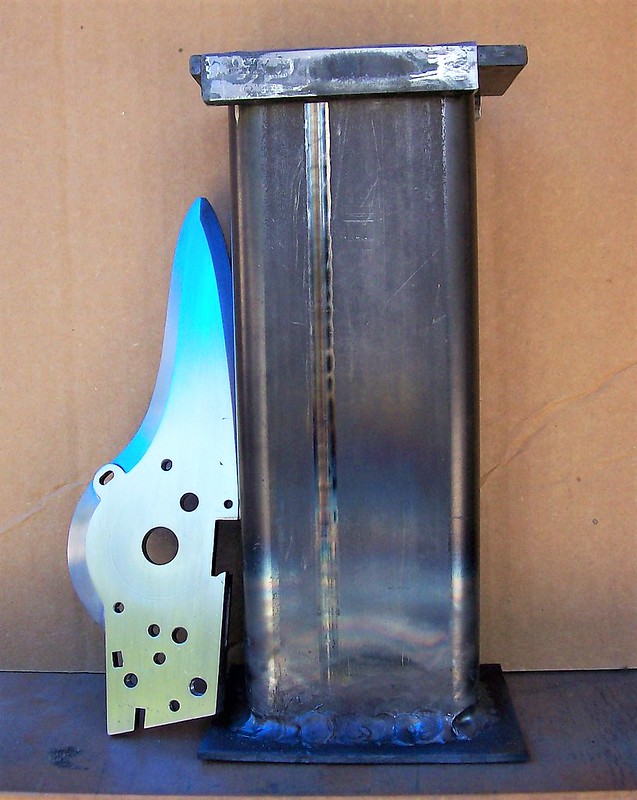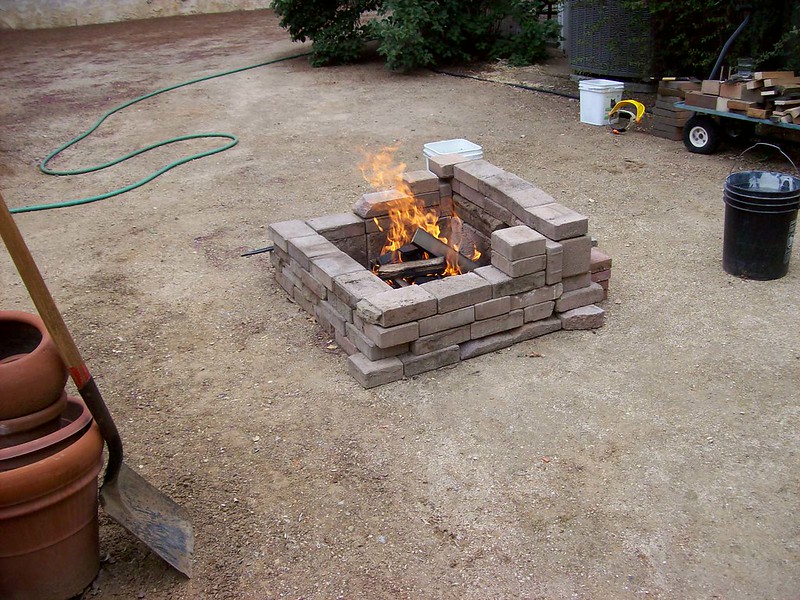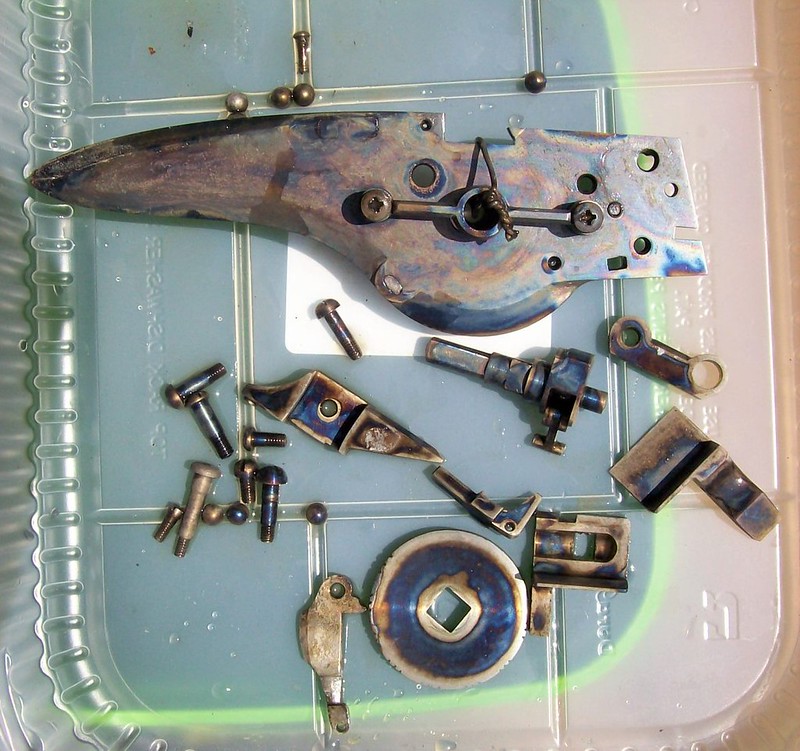I know the pain, Mike!
Have one to make at present.
I found if I temper them in molten lead, I get an even heat, but they must be in the lead just long enough that it does not stick to them, otherwise too soft.
A pal in the UK made a spring or 2 for his original Brown Bess, and it works V well, (tempered in lead) He took gold with it in an international shoot!
Wishing you the Best of luck next time!
Pukka.
Have one to make at present.
I found if I temper them in molten lead, I get an even heat, but they must be in the lead just long enough that it does not stick to them, otherwise too soft.
A pal in the UK made a spring or 2 for his original Brown Bess, and it works V well, (tempered in lead) He took gold with it in an international shoot!
Wishing you the Best of luck next time!
Pukka.




